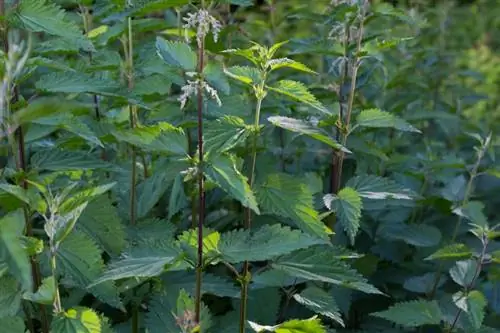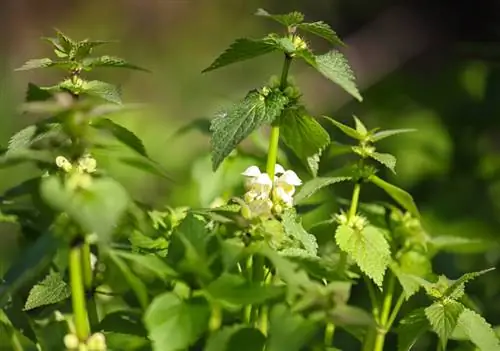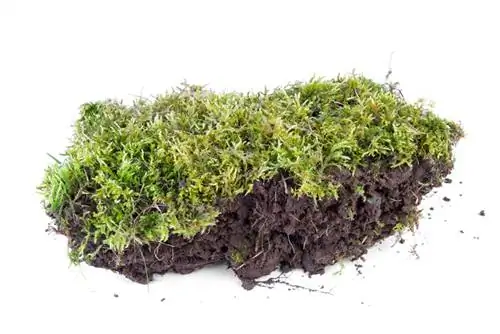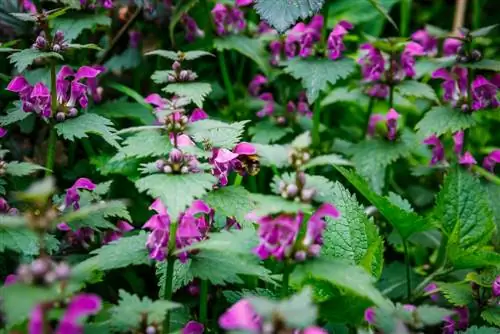- Author admin [email protected].
- Public 2023-12-16 16:46.
- Last modified 2025-06-01 06:02.
Stinging nettle - most gardeners know it less as an indicator plant. They fear her much more than weeds in their garden and are happy when they don't have to make direct contact with her. But this indicator plant can be of use

Why are nettles indicator plants and for which plants are they useful?
Stinging nettles are indicator plants for nitrogen-rich soils, humus-rich soil and moist locations. They are ideal for heavy eaters, such as tomatoes, peppers, brassicas, cucurbits and berries, but unfavorable for weak eaters, such as strawberries, beans and peas.
There's a lot of nitrogen here
Once you've experienced it, you won't forget it. Where nettles grow, the soil is rich in nitrogen. The reason: This wild weed only grows where there is plenty of nitrogen - just like bedstraw, orach and chickweed.
The large nettle is particularly striking, as it can reach heights of up to 3 m and often appears in dense stands thanks to underground runners. If you locate such a location e.g. B. on your property, you can be sure that the soil there is rich in nitrogen.
Be careful of too much nitrogen
Gardeners - both private and commercial - are always up for nitrogen. Plants need nitrogen to grow. But you shouldn't overdo it. For example, you should not green manure with lupins on sites where stinging nettles grow. Lupins accumulate nitrogen. You shouldn't fertilize there with nettle manure either.
Some plants that are considered poor feeders, such as strawberries, beans and peas, do not like to grow in such locations. Too much nitrogen in the soil causes them to rot. Furthermore, too much nitrogen makes them more susceptible to fungal diseases and pests.
Also an indicator plant for humus and moisture
In addition, the nettle is considered an indicator plant for abundant humus. On top of that, it only grows in locations that have moist soil. It thrives extremely poorly in places with dry soil. Therefore, if you want to grow the nettle, you should scout out such a location beforehand.
Use this indicator plant
Where nettles grow well is usually also a good location for so-called heavy feeders:
- Tomatoes
- Peppers
- Cabbage plants such as kohlrabi, cauliflower, broccoli, Brussels sprouts
- Pumpkins such as zucchinis and cucumbers
- Berry fruits like blueberries
Tip
Attention: An abundance of nettles can be a first indication that the pH value of the soil will drop sharply in the near future.






